What Jobs Are There At A Racing Stable?
Horse races are easy to watch and/or listen to, whether you are there in person or sat in front of the TV or your computer. You can even watch live via a bookies’ website these days.
What you don’t see so much of is what goes on behind the scenes at the stables where the horses are kept, where they live and train.
It’s not exactly a secretive world – although a trainer will likely keep their methods to themselves – but you can’t exactly just wander in and have a look around on a whim.
For anyone who wants to work in a stable though, the opposite is true. It is a very welcoming industry with hundreds of youngsters joining the ranks from college each year, training on the job and improving their skills before hopefully moving on up the career ladder.
There are many different jobs at a typical racing stable, although no two stables are the same, and these are some of the roles available.
Racing Stable Jobs
Trainer
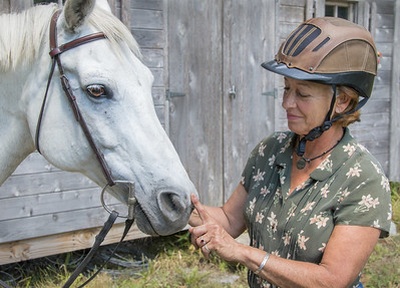
One of the most obvious jobs at a horse racing stable yard is the trainer.
It is also arguably the most important, because they will essentially run the whole yard as well as actually training the horses. This means they run the business side of things too.
Trainers can become very famous within the industry, with people like Paul Nicholls, Michael Stoute, Willy Mullins, and Henry Cecil being household names with earnings from prize money in the millions.
The trainer will do some training themselves but they often have scores of horses in training at the same time, so they act as an overseer in many cases, watching the horses train and race and then deciding what they need to work on and how, before someone else actually does the work.
They will also have to keep good relations with horse owners who are stabling their horses there, and obviously some horses and their owners demand more attention than others thanks to their success on the field.
Trainers have a lot of experience in the industry, often having been a jockey in the past and almost always having worked as an assistant trainer first. They must also hold qualifications and obtain a license from the British Horseracing Authority (BHA) before they can train so much as a pony.
Assistant Trainer
Don’t be fooled by the word ‘assistant’, this is a very senior position and these guys are second only to the trainer, acting as their right-hand man or woman, and they have an awful lot of responsibility.
The assistant will often represent the trainer at races or in meetings the head trainer can’t attend (they can’t be everywhere at once after all).
They might be dealing with owners one minute, heading to a race the next, handling PR and issuing pre-agreed instructions to jockeys before a race.
They need all the same qualifications, training and experience as a trainer and often hope to make the step up to be a head trainer in the future.
Racing Secretary
 This is an office based role, tasked with taking care of things like entries and racing declarations, as well as logistical elements such as getting the horses to the races in the first place and keeping track of what is going on with each of them.
This is an office based role, tasked with taking care of things like entries and racing declarations, as well as logistical elements such as getting the horses to the races in the first place and keeping track of what is going on with each of them.
The role may be secretarial, but it is not just answering phones and connecting people. In fact it’s not like that at all.
Yes, the racing secretary is something of an office manager come personal assistant to the trainer, but they are the person that makes sure the yard is running well and that everything is happening in accordance with the rules, as well as often being the first point of contact for the business.
This means the secretary really is an ambassador for the stable, and will need to have good relations with anyone who gets in touch, from the media, owners, other employees, racecourses, jockey’s agents – pretty much everyone.
Jockey
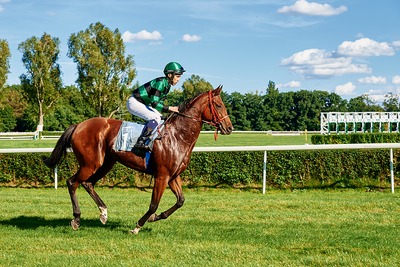 Although the vast majority of jockeys are self-employed, there are a few that are contracted to ride for specific stables or trainers. Predictably, those with contracts are some of the best riders in the sport.
Although the vast majority of jockeys are self-employed, there are a few that are contracted to ride for specific stables or trainers. Predictably, those with contracts are some of the best riders in the sport.
The jockey is the one who rides the horse when it counts, but they don’t always have any experience of working with the horse before riding it for real. They would hopefully spend a little time with the horse before riding it, but they need to have excellent skills in working with animals that are new to them.
Prior experience with a horse isn’t always possible but it would be the ideal situation, because then the horse will be familiar and more comfortable with the jockey, and if the jockey has ridden the horse before they will know a little bit about the horse, how it rides and responds, etc.
Jockeys often ride several horses in a single day at a meeting – despite what people might think they don’t all earn lots of money so they can’t afford to be too choosy about which horses they ride – so it’s inevitable that there will be last minute replacements or horses they haven’t had a chance to work with previously.
The work riders and trainers will at least give the jockey a report on the horse so they know how it has been riding recently at what the plan for the race is.
Head Girl/Lad
Also known as a Yard Manager, people in this position are in charge of managing the yard staff and ensuring the trainers instructions are carried out effectively.
Their role is organisational as much as it is about working with the horses, so good communication skills and the ability to work well with other people is important.
Their day might include working with young horses to break them and get them ready to be trained for racing; arranging feeding schedules; allocating tasks to other staff members; and ensuring any medical treatment is being administered as per a vet’s instructions.
It’s a good step in the right direction for anyone wanting to climb the career ladder in the horse racing industry.
Stud Manager/Stud Hand
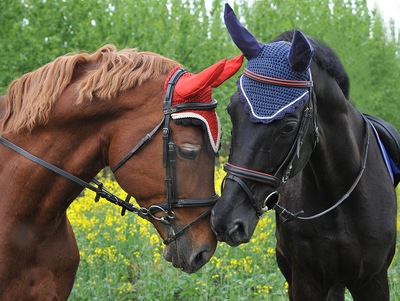 A big part of running a successful horse racing stable is breeding, and this is the responsibility of the Stud Manager. They won’t always be employed by a racing stable, often they work independently on their own stud farm, but for the sake of simplicity they are included here.
A big part of running a successful horse racing stable is breeding, and this is the responsibility of the Stud Manager. They won’t always be employed by a racing stable, often they work independently on their own stud farm, but for the sake of simplicity they are included here.
This job is all about trying to breed the best quality horses by matching top performers and hoping they foal an even stronger contender. This requires excellent knowledge of equine breeding techniques and how to encourage natural covering.
There is a lot of crossover with stud work, so general yard management duties are part of the job, but anyone working as a stud manager (or stud groom/hand for that matter) might also have to assist with the artificial insemination of mares, caring for pregnant horses, and even night shifts on foal watch.
Their job doesn’t end once the foal is born either, the stud manager will know how to look after foals with basic first aid, and even have a hand in their early careers during training and any potential sale.
A horse learns about human interaction from the day they are born, so anyone working with young horses needs to be skilled in handling so as not to jeopardise their future prospects. A clumsy or heavy handed stud groom could make a foal wary of people, for instance, and once this fear is learned it is difficult to overcome.
Travelling Head Person
Stables might have contracts with outside horse transportation companies when it comes to getting their animals to the various races around the country, but they may also have their own vehicles.
Either way, they will need a travelling head person.
These are much more than your average truck driver, as they are responsible for loading and securing the horses inside the vehicle and making sure they are comfortable for the journey, so it is a different job to being a regular lorry driver and requires some knowledge of horses.
The driver will usually have CCTV in his cab where he can keep an eye on the horses in the back, so he needs to understand when there might be an issue and what to do if so.
At the racetrack the travelling head person will have to saddle the horse and lead it to the paddock as well as handle everything once the race is completed.
Farrier
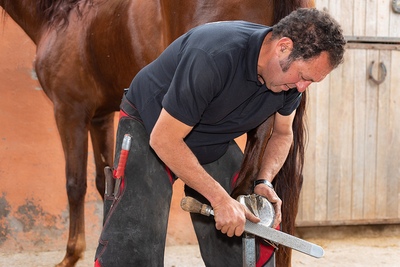 A farrier is responsible for shoeing horses and caring for their feet. A vet might even refer to a good farrier in matters below the fetlock. They know the specifics of all types of horse’s feet, and can work with animals that are fit or those with medical issues.
A farrier is responsible for shoeing horses and caring for their feet. A vet might even refer to a good farrier in matters below the fetlock. They know the specifics of all types of horse’s feet, and can work with animals that are fit or those with medical issues.
Their job is a hybrid one, because as well as working directly with the horses feet, there is a medical aspect, and a blacksmithing aspect.
- Foot Work – Farriers will do things like de-shoe a horse, clean their hoof, trim and balance their hoof, and nail on new shoes.
- Medical – They can also treat injuries and infections, but more importantly, they know the signs of medical issues that might be in the early stages, and will intervene before a problem takes hold.
- Blacksmithing – Lastly, a farrier also needs to have blacksmithing skills so they can make shoes themselves using a forge, understanding the different shoe types and sizes required for different types of horse.
A farrier’s job is very physical and can be dangerous if they are working with a difficult horse or if something happens to make a horse nervous, because they hold the horse’s foot between their legs to work on it, and if the horse kicks or tries to move it can cause serious damage.
Most farriers run their own businesses rather than working directly for a stable, but most stables will use the same farrier/s on an ongoing basis, as horses feet need attention every month or so, and it helps if they know the person working with them.
Work Rider
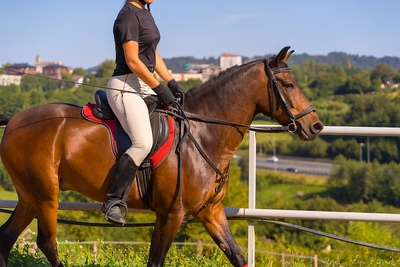 Although riding for exercise is also carried out by other members of the stable staff, some people work solely as work riders.
Although riding for exercise is also carried out by other members of the stable staff, some people work solely as work riders.
These can be employed or self employed, and they will ride a horse to full fitness and report back on how the ride went, and what sort of condition they think the horse is in.
Because they tend to push the horses harder than a groom might do on an exercise ride, work riders do sometimes have falls or other accidents, and they need to be able to figuratively and literally ‘get back on the horse’ and go again.
Fitness is important because maintaining a riding position for a full work day is no mean feat, and there are also weight limits for the role, with a 10st maximum for jumps and 12st maximum for flat racing.
They might even have to represent the trainer at a race, speaking to owners on their behalf and delivering feedback on the horse, so the role comes with a good deal of responsibility.
Groom
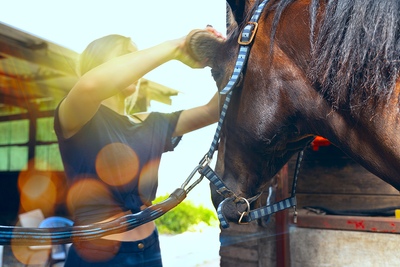 A groom does a lot of the less specialised jobs in a yard, and is usually the place to start for anyone wanting to work in the industry, often coming through an apprenticeship scheme.
A groom does a lot of the less specialised jobs in a yard, and is usually the place to start for anyone wanting to work in the industry, often coming through an apprenticeship scheme.
It may not require specialist skills or knowledge on entry, but it is far from easy and is the best way to learn on the job.
Work might include mucking out, sweeping the yard, washing the horses down after training, some riding for exercise, feeding and general horse welfare, as well as travelling with horses to races.
The grooms will follow the instructions of the head groom/yard manager, so will need to be able to understand instructions and carry out tasks using their own initiative.
A lot of grooms are teenagers, and they don’t even need to know how to ride at the beginning, as this sort of thing will be learned as they go.
Racing Stables and Trainers in the UK
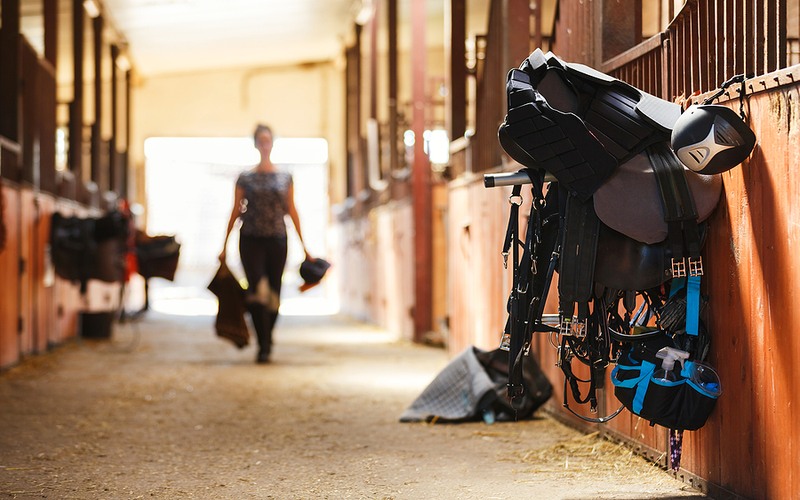
There are many more racing stables in this country than you might think – 491 at the time of writing and according to the BHA.
Some train flat racers, some only train national hunt horses, and some train both.
There are many more training yards in the South than in the North (by South, we mean anything under Birmingham), with 127 around Gloucestershire and Wiltshire alone.
Not only is this part of the country ideal for training in terms of the terrain and the weather, but it is also well located in terms of travelling to many of the busiest and most famous racetracks and meetings.
Conversely, there are only 9 racing stables in the whole of Scotland, probably because the terrain and the weather become less suitable the further North you go and it takes forever to get out of there.
To give you some idea of the disparity between the top trainers and everyone else, the following table shows the rankings at the very end of 2021 for jumps:
| Trainer Name | Prize Money | Wins | Prizes | Runs | Strike Rate |
|---|---|---|---|---|---|
| Paul Nicholls | £1,092,532.66 | 83 | 164 | 305 | 27% |
| Dan Skelton | £951,343.68 | 65 | 223 | 372 | 17% |
| Fergal O’Brien | £745,899.40 | 82 | 271 | 424 | 19% |
| Nicky Henderson | £649,256.19 | 63 | 133 | 266 | 24% |
| Nigel Twiston-Davies | £619,709.69 | 38 | 160 | 261 | 15% |
The rankings runs April to April, along with the tax year, so the money earned in this table has been made over 9 months rather than 12.
You can see that even in the top 5 (of almost 600 trainers) the prize money earned has almost halved from Paul Nicholls who ranks 1st, to Nigel Twiston-Davies who ranks 5th.
It also shows that a trainer can earn more money with a lower strike rate if they win the right races at the right meetings, as well as the fact that the number of winners doesn’t necessarily mean the most prize money.
